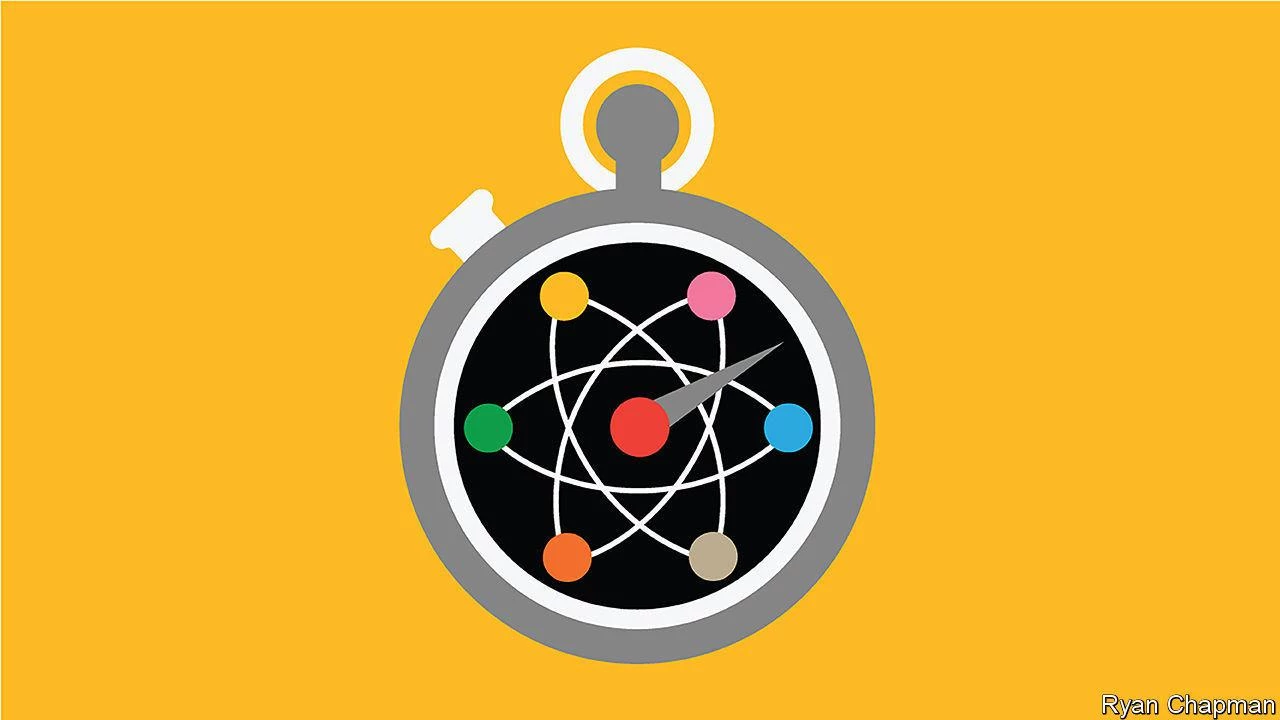
“Nature isn’t classical, dammit, and if you want to make a simulation of nature you’d better make it quantum mechanical, and by golly, it’s a wonderful problem because it doesn’t look easy.” With those words, in 1981, Richard Feynman, an American physicist, introduced the idea that, by harnessing quantum mechanics, it might be possible to build a new kind of computer, capable of tackling problems that would cause a run-of-the-mill machine to choke. Feynman was right: it has not been easy. Over the past four decades quantum computers have slowly evolved from squiggles on theoreticians’ blackboards to small machines in university laboratories to research projects run by some of the world’s biggest companies.
Now one of those machines, built by researchers at Google, has at last shown what all the fuss is about. It appears to have performed, in just over three minutes, a task that, the researchers estimate, the world’s most powerful classical supercomputer would take around 10,000 years to complete. Google’s machine is a special-purpose device that was designed to solve a contrived problem with few practical uses. But this display of so-called “quantum supremacy” is nonetheless a milestone... [+]


